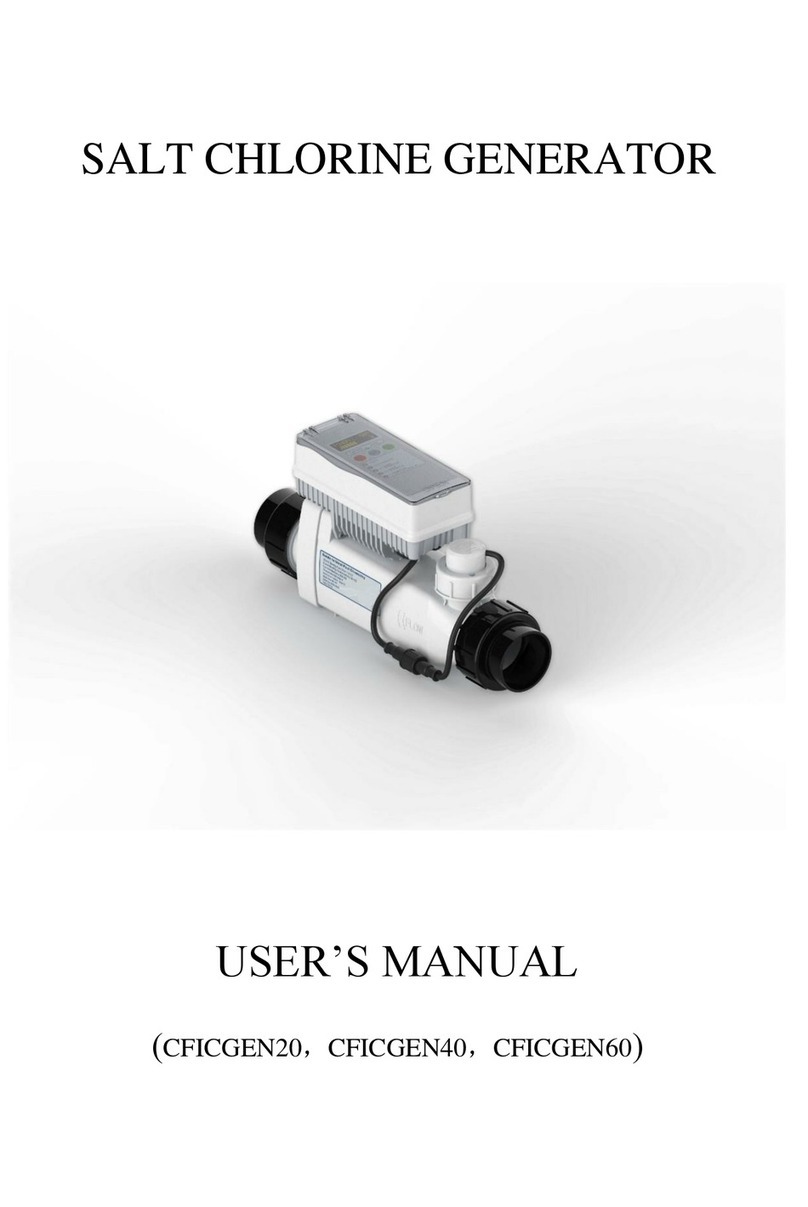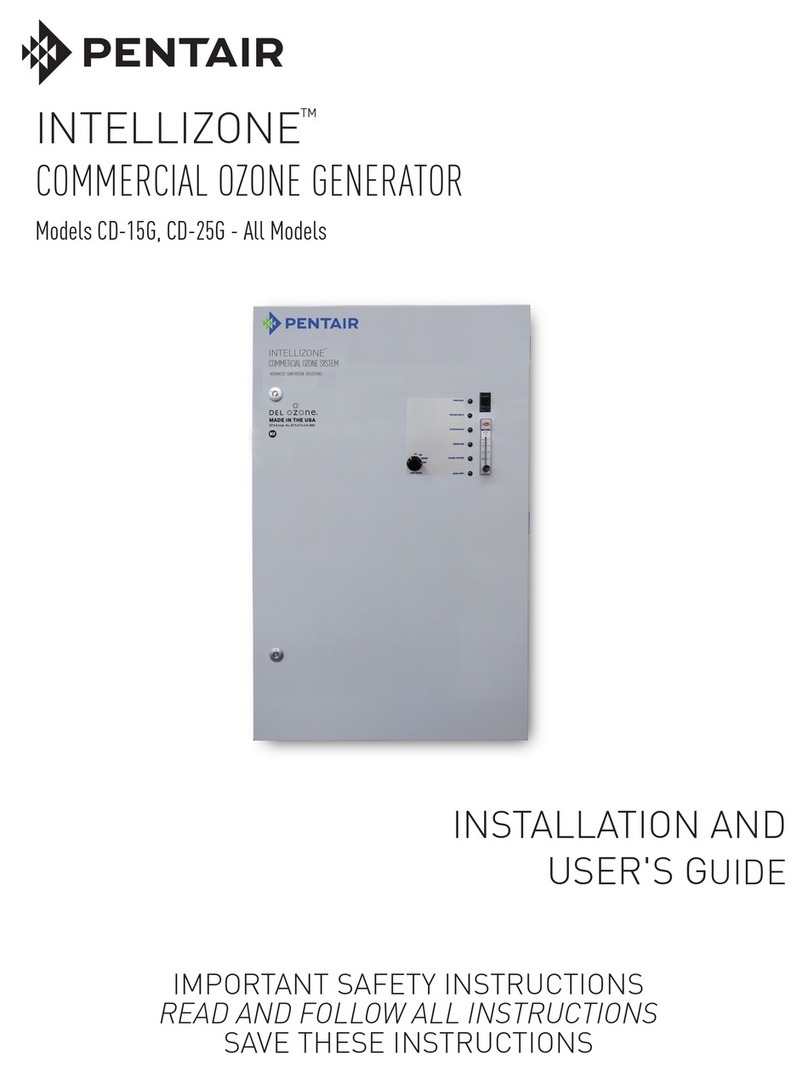
IT Persona abilitata per la documentazione tecnica EN Authorized
person for technical documentation FR Personne autorisée à la
documentation technique DE Bevollmächtigter für technische
Dokumentation ES Persona habilitada para la documentación
técnica NL Bevoegd persoon voor technische documentatie
PT Pessoa habilitada para a documentação técnica DK Person
autoriseret til udarbejdelse af den tekniske dokumentation
FI Teknisten asiakirjojen laadintaan valtuutettu henkilö NO
Person kvalisert for teknisk dokumentasjon S Person som är
behörig att ställa samman den tekniska dokumentationen EL
Αρμόδιος καταρτισμένος σχετικά με την τεχνική τεκμηρίωση PL Osoba
upoważniona do sporządzenia dokumentacji technicznej RO
Persoana autorizată pentru documentaţia tehnică HU A műszaki
dokumentáció elkészítésére jogosult személy CZ Osoba odbornĕ
způsobilá ke zpracování technické dokumentace TR Teknik
dokümentasyon konusunda yetkili kişi RU Лицо, имеющее право
на составление технической документации:
Pentair International S.a.r.l.
Avenue de Sevelin, 18
1004 Lausanne, Switzerland
Lausanne, 16-01-2015
Guillaume Goussé
European Operations Vice President
2006/95/EC (Low Voltage)
2004/108/EC (EMC)
EN 60730-1:1998+A11:1998+A2:1998+A14:1998+A15:1998+A20:
1998+A17:2001+ERRATUM A1:2001+A18:2003
EN 60730-2-6:1997+A1:1998+A2:1999+CORR A1:2001+CORR A2:01
EN 61800-3 Class C1
VSD EASY 9 M/M
VSD EASY 6 M/T
VSD EASY 10 M/T
253CE034
15
IT Dichiarazione di conformità
EN Declaration of conformity
FR Déclaration de Conformité
DE Konformitätserklärung
ES Declaración de conformidad
NL Conformiteitsverklaring
IT - Direttive - Norme armonizzate
EN - Directives - Harmonised standards
FR - Directives - Normes harmonisées
DE - Richtlinien - Harmonisierte Normen
ES - Directivas – Normas armonizadas
NL - Richtlnen – Geharmoniseerde normen
PT - Directivas - Normas harmonizadas
DK - Direktiver – Harmoniserede standarder
FI - Direktiivit – Harmonisoidut standardit
NO - Direktiver - harmoniserte standarder
SV - Harmoniserade direktiv/standarder
EL - Οδηγίες – Εναρμονισμένα πρότυπα
PL - Dyrektywy – Normy zharmonizowane
RO - Directive - Standarde armonizate
HU - Irányelvek – Harmonizált szabványok
CZ - Smĕrnice – harmonizované normy
TR - Direktier – Uyumlaştırılmış standartlar
RU - Директивы – гармонизированные нормы
Pentair International Sarl - Avenue de Sévelin 18 - 1004 Lausanne - Suisse
IT - Noi dichiariamo sotto la nostra esclusiva responsabilità che il prodotto è conforme alle direttive citate.
EN - We hereby declare, under our sole responsibility, that the product is in accordance with the specied Directives.
FR - Nous déclarons sous notre propre responsabilité que le produit répond aux directives.
DE - Wir erklären in alleiniger Verantwortung, dass das Produkt den aufgeführten Richtlinien entspricht.
ES - Por la presente declaramos bajo nuestra responsabilidad exclusiva que el producto es conforme con las Directivas citadas.
NL - W verklaren geheel onder eigen verantwoordelkheid dat het product voldoet aan de gestelde richtljnen.
PT - Declaramos sob a nossa exclusiva responsabilidade que o produto é conforme com as directrizes citadas.
DK - Vi erklærer hermed, som eneste ansvarlige, at produktet er i overensstemmelse med de anførte Direktiver.
FI - Vakuutamme yksinomaisella vastuullamme, että tuote on osoitettujen direktiivien mukainen.
NL - Vi erklærer med dette, under vårt hele og fulle ansvar, at produktet samsvarer med de spesiserte direktivene.
SV - Vi försäkrar under eget ansvar att produkten är i överensstämmelse med nämnda direktiv.
EL - Με αποκλειστική ευθύνη δηλώνουμε ότι το προϊόν συμμορφώνεται με τις αναφερόμενες οδηγίες.
PL - Z pełną odpowiedzialnością oświadczamy, że produkt odpowiada postanowieniom wymienionych dyrektyw.
RO - Noi declarăm pe propria noastră răspundere că produsul este conform cu directivele menționate.
HU - Kizárólagos felelősségvállalással kelentjük, hogy a termék megfelel a megnevezett irányelveknek.
CZ - Prohlašujeme na svou vlastní výhradní odpovĕdnost, že tento výrobek vyhovuje požadavkům uvedených smĕrnic.
TR - Ürünün ilgili direktiere uygunluğunu, bu konuda sorumluluğun yalnızca tarafımıza ait olduğunu beyan ederiz.
RU - Заявляем под свою исключительную ответственность, что продукция соответствует указанным директивам
IT Altri documenti normativi EN Other normative documents FR
Autres documents normatifs DE Weitere normative Dokumente
ES Otros documentos normativos NL Overige normatieve
documenten PT Outros documentos normativos DK Andre
normative dokumenter FI Muut normatiiviset asiakirjat NO
Andre normative dokumenter SV Övriga standardiserande
dokument EL Άλλα κανονιστικά έγγραφα PL Pozostała
dokumentacja normatywna RO Alte documente normative HU
Egyéb normatív dokumentumok CZ Další normativní dokumenty
TR Standartlarla ilgili diğer belgeler RU Прочие нормативные
документы:
EN 60335-2-41
PT Declaração de conformidade
DK Ef overensstemmelseserklæring
FI Eu-vaatimustenmukaisuusvakuutus
NO Samsvarserklæring
SV Tillkännagivande om eu-överensstämmelse
EL Δηλωση πpoσapμογης εoκ
PL Deklaracja zgodności
RO Declaraţie ce de conformitate
HU Európai uniós megfelelési nyilatkozat
CZ Prohlášení es o shodě
TR At uygunluk bildirisi
RU Декларация o соответствии ec





























